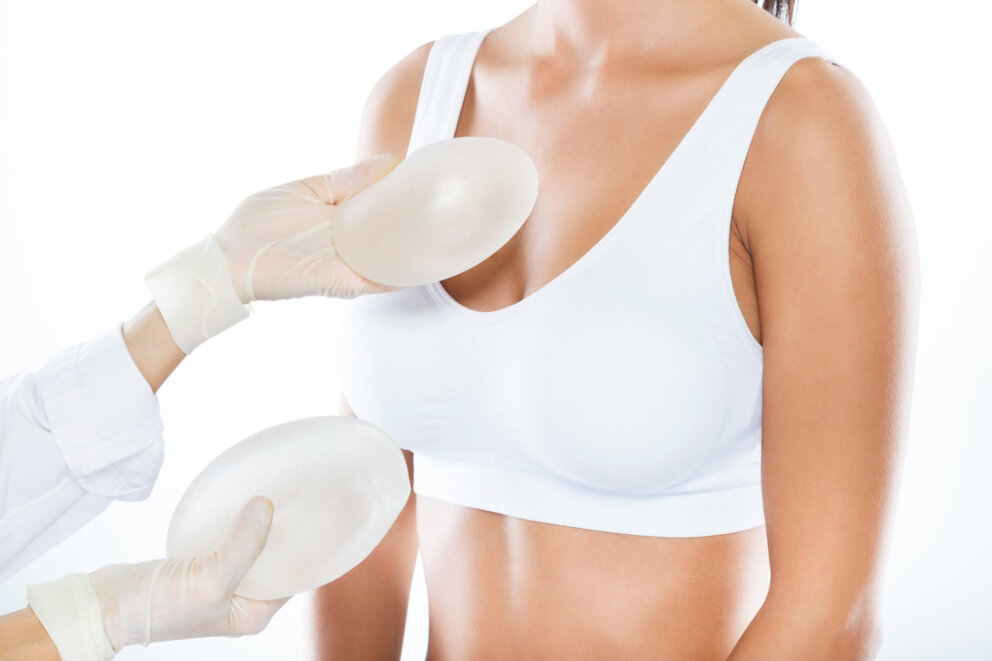Versatile Botox is not only used to smooth wrinkles. It can also block the activity of the sweat glands, thus significantly reducing sweat production. Injection of botulinum toxin into the armpits, palms or soles of the feet is one of the most effective treatments for excessive sweating.
Sweating is a physiological process that thermoregulates the body. At the same time, waste products of metabolism are eliminated from the body through the sweat glands. There are roughly 4 million sweat glands in the human body, which regulate body temperature by controlling perspiration through eccrine sweat glands and by regulating blood flow to the skin. In addition to changes in body temperature, the thermoregulatory centre responds to hormonal activity, physical activity, emotions and endogenous pyrogens.
Excessive sweating can also have other causes. Hyperhidrosis is a chronic disease that arises as a result of a disorder of the autonomic nervous system. This disorder is most pronounced in areas with the highest concentration of eccrine sweat glands such as the palms, soles and especially the armpits. Rarer sites are the scalp and face. Patients suffering from excessive sweating have a sweat production several times higher and their response to emotional stress or physical strain is higher than in the healthy population. Hyperhidrosis often leads to occupational, physical and especially psychological discomfort.
By administering botulinum toxin we can affect excessive sweating, but we can also affect physiological sweating just as successfully. After the procedure, sweating remains, but only to a reasonable extent. Botulinum toxin only blocks the eccrine sweat glands, while it does not affect the apocrine glands. However, these are minimal in number.
The effect of botulinum toxin appears from 2 to 14 days and persists for 6 to 10 months.
Excessive sweating is affected by other methods besides botulinum toxin. The overall treatment of hyperhidrosis includes the administration of medication and surgical treatment (includes endoscopic trans-thoracic sympathectomy, laser ablation, surgical excision or subcutaneous liposuction). Aluminum salts in the form of antiperspirants and iontophoresis are used for topical treatment.

























